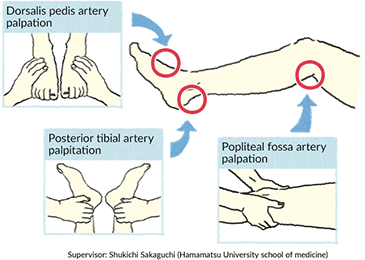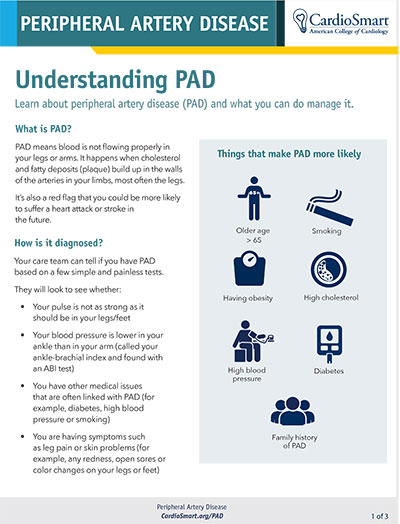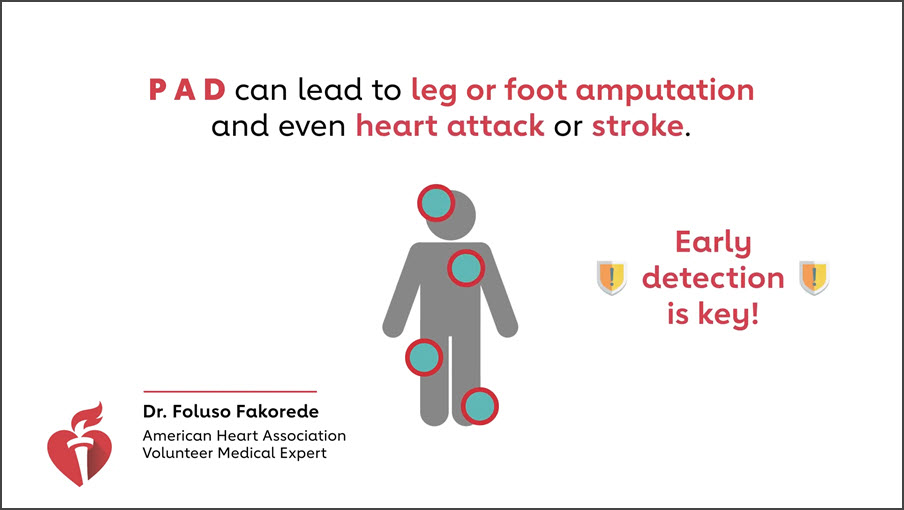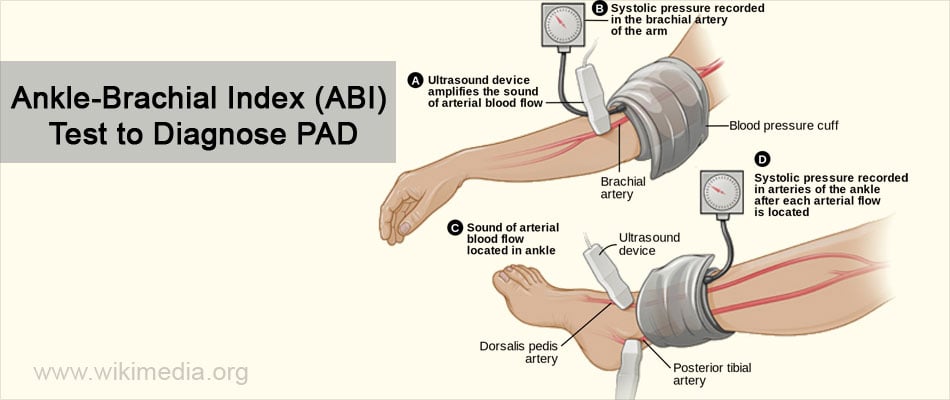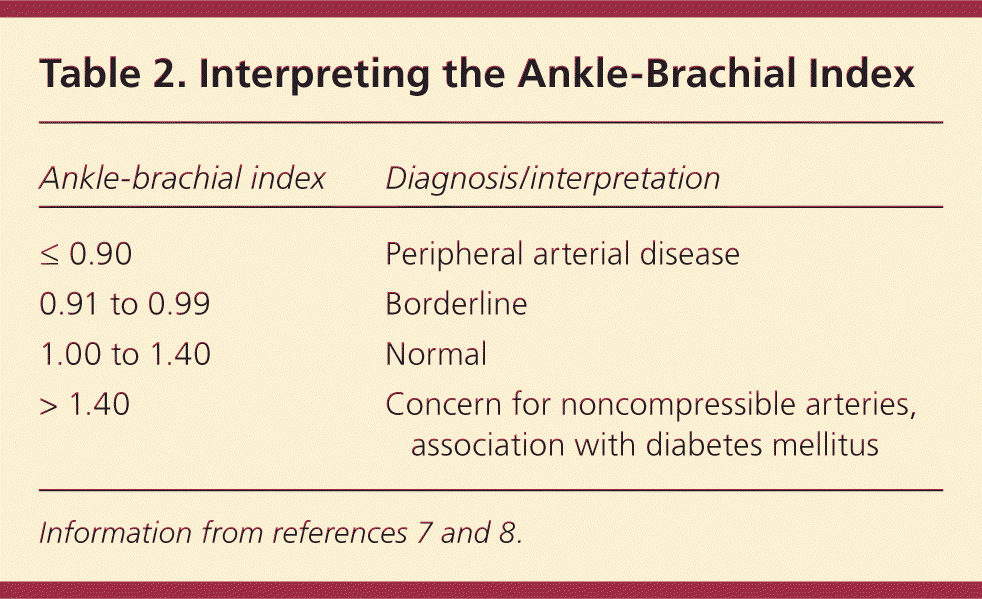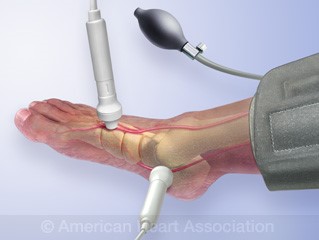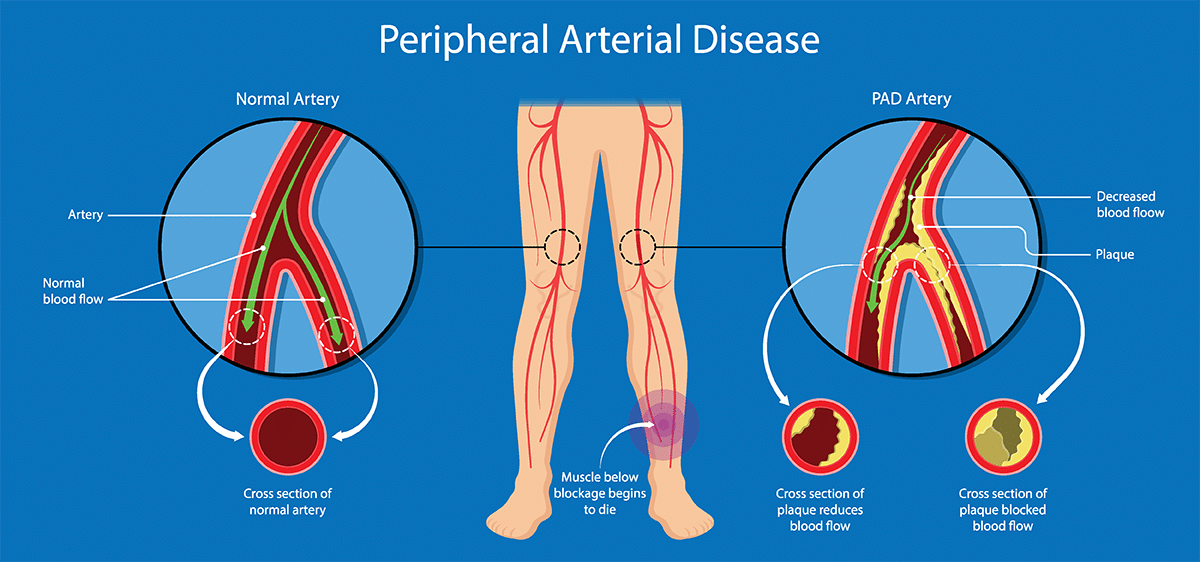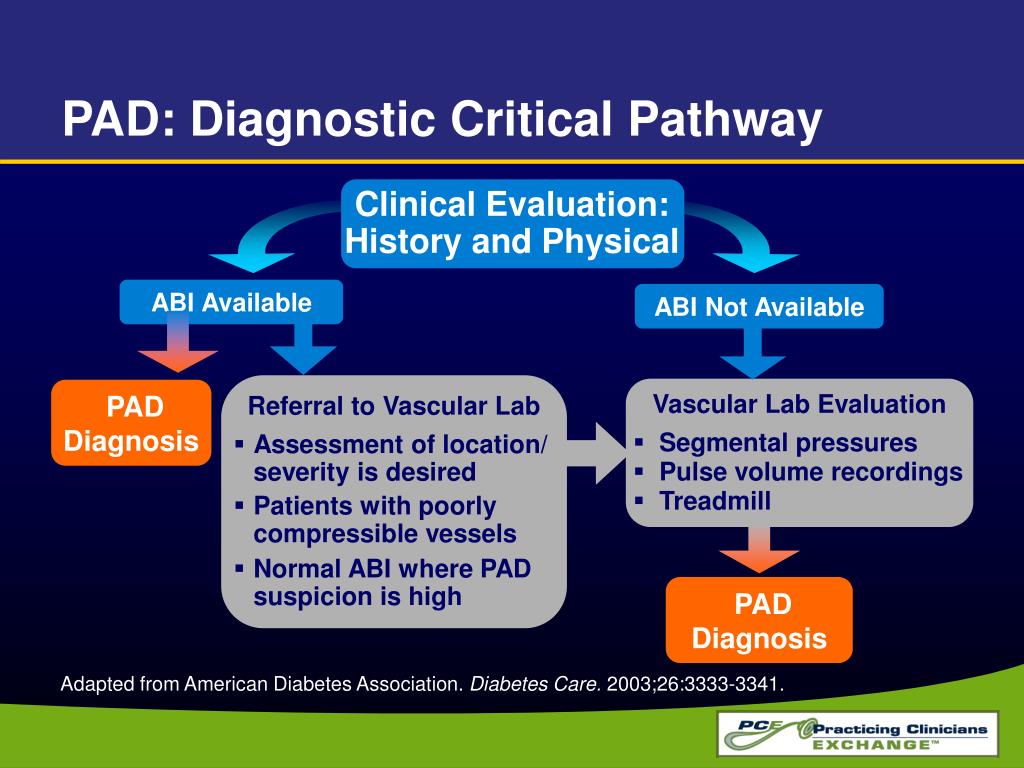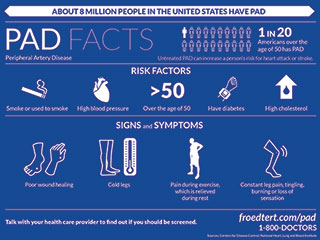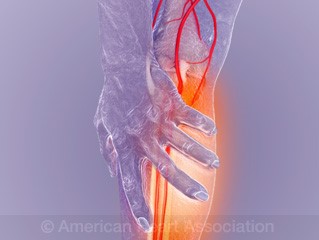Best Info About How To Diagnose Pad

Intermittent claudication occurs in only about 40 to 50 percent of patients with pad.
How to diagnose pad. If you have any of the risk factors for pad, you should ask your health care professional about pad even if you aren't having symptoms. This test involves putting blood pressure cuffs on the arms and on the ankles as shown in figure 1. This exam uses sound waves to create pictures of the arteries and locate blockages.
The simple test checks and compares the level of blood pressure in the arms and the. The ankle brachial pressure index the ankle brachial pressure index (abpi) test is widely used to diagnose pad, as well as assess how well you're responding to treatment. If you have symptoms of pad, your doctor may do an ankle brachial index (abi), which is a noninvasive test that measures the blood pressure in.
Diagnosing pad pad diagnosis begins with a. Other symptoms may include numbness or coldness in the feet, and a loss of hair around the ankles. There are several ways to confirm a pad diagnosis.
Part 2 getting a medical diagnosis 1 go to your. Pulse strength check when pad is suspected based on subjective symptoms, pulse strength is checked as a test for the. To begin, your doctor will look for weak pulses in your limbs.
They will also examine your legs and arms for other common signs of. While you lie on your. If you have any of the risk factors for pad, you should ask your health care professional about pad even if you aren't having symptoms.
The risk factors for pad include: Cvi is a problem with the veins — the blood vessels that take deoxygenated blood. Pad diagnosis begins with a.
